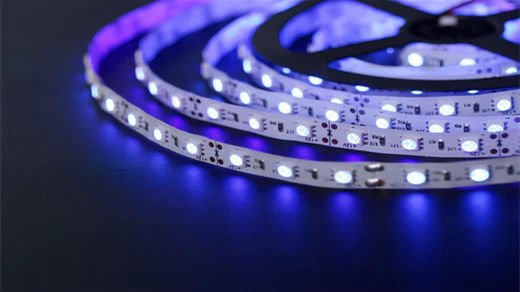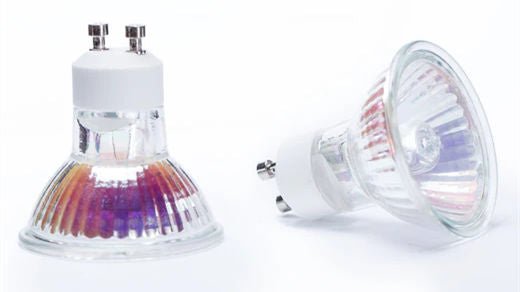The shift towards LED (Light Emitting Diodes) lighting is not just a trend but a substantial move due to the remarkable benefits it offers over traditional lighting solutions. Before investing in LED lighting equipment, it's essential to understand the core considerations that will guide you to make the best possible decision. This comprehensive guide delves into those key knowledge areas, ensuring that you're well-equipped to make an informed purchase.
1. Understanding LED Technology
a. Basics of LED Lighting
LEDs are a type of solid-state lighting that is highly energy-efficient and long-lasting. Unlike incandescent bulbs, LEDs do not have a filament that will burn out, and they do not get especially hot. They are illuminated solely by the movement of electrons in a semiconductor material, which means they do not use as much energy and have a much longer lifespan.
b. Benefits Over Traditional Lighting
The benefits of LEDs extend beyond energy efficiency and include lower operational costs, reduced maintenance requirements, longevity, improved environmental performance, and better light quality.

2. Assessing Lighting Needs
a. Lumens vs. Watts
When purchasing LEDs, it is critical to think in terms of lumens, not watts. Lumens measure brightness, while watts measure energy used. LEDs require fewer watts to give off the same amount of lumens as traditional bulbs.
b. Color Temperature
Understanding color temperature, measured in Kelvins, is essential when choosing the right LED. Color temperature affects the mood and ambiance of a space – lower Kelvins mean warmer, yellowish light, while higher Kelvins equate to cooler, bluish light.
c. Beam Angle
The beam angle is important in focusing light where it's needed. A narrow beam angle can spotlight an area, while a wider beam angle provides general ambient lighting.

3. Quality and Durability
a. Lifespan and Lumen Maintenance
The lifespan of an LED light is significantly longer than traditional bulbs, often lasting 25,000 to 100,000 hours. However, the quality of the LED determines how well it maintains brightness (lumen maintenance) over time.
b. Build Quality
High-quality LED lighting equipment often features better heat sinks, high-grade semiconductor materials, and robust housings that ensure longevity and consistent performance.
c. Testing and Ratings
Look for LEDs that have been tested and rated by reputable organizations. Ratings like Ingress Protection (IP) indicate the fixture's tolerance to dust and water, vital for outdoor or industrial environments.
4. Energy Efficiency and Cost
a. Initial vs. Long-Term Cost
While LEDs typically have a higher upfront cost than traditional bulbs, they save money over time due to lower energy consumption and maintenance costs.
b. Energy Star Certification
Purchasing LED lighting with Energy Star certification can ensure that the equipment meets strict energy efficiency guidelines set by various government agencies.

5. Compatibility and Integration
a. Dimmability
Not all LED lights are dimmable, so if you require this feature, ensure that both the LED bulb and the dimmer switch are compatible.
b. Smart Features
Consider whether you want LEDs that can integrate with smart home systems for features like remote control, scheduling, and energy usage tracking.
c. Retrofitting
If you're replacing existing lighting with LEDs, you need to consider whether the new LEDs are compatible with the existing fixtures and power systems.
6. Environmental Considerations
a. Toxic Materials
LEDs do not contain mercury or other toxic materials found in some fluorescent lamps, making them a safer and more environmentally friendly option.
b. Recyclability
Consider the manufacturer's commitment to sustainability, including whether the LED products are recyclable and if the company has a take-back program for used bulbs.
7. Warranty and Support
a. Manufacturer Warranty
A solid warranty can provide peace of mind, ensuring that the manufacturer stands behind their product's performance and longevity.
b. Customer Support
Good customer support can be invaluable, especially if you're installing LED lighting in complex or large-scale environments.
8. Conclusion
Investing in LED lighting equipment is a wise decision for a multitude of reasons, including energy efficiency, cost savings, and environmental benefits. By understanding the fundamental aspects outlined in this guide – from the technology behind LEDs to the practical considerations of integration and the importance of quality and warranties – you can make a purchase that not only brightens your space but also contributes to a sustainable future. Remember, the right LED lighting solution is the one that fits your specific needs, and armed with this knowledge, you're now ready to make an informed choice.


































Leave a comment
This site is protected by hCaptcha and the hCaptcha Privacy Policy and Terms of Service apply.